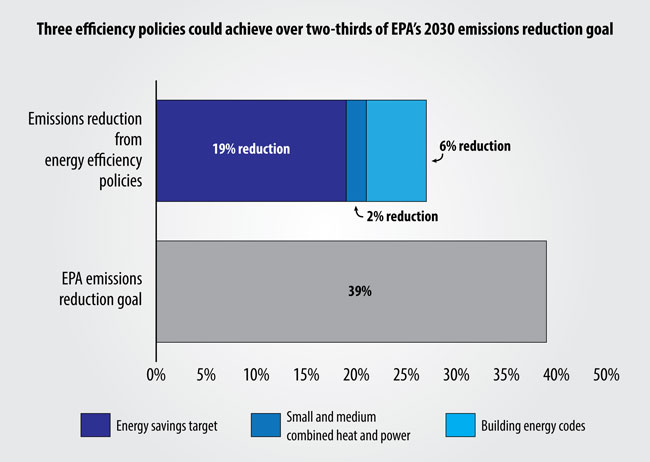 The Environmental Law Institute (ELI) has published a new book on Next Generation Environmental Compliance and Enforcement, edited by SCCCL Associate Director Jessica Wentz and GW Law School Associate Dean of Environmental Studies LeRoy Paddock. The book examines various opportunities to harness new technologies and management strategies in order to promote voluntary compliance with environmental laws and reduce the cost of agency enforcement. Some of these strategies may prove quite useful for federal and state agencies seeking cost-effective regulatory solutions to manage greenhouse gas emissions from a wide array of different sources.
The Environmental Law Institute (ELI) has published a new book on Next Generation Environmental Compliance and Enforcement, edited by SCCCL Associate Director Jessica Wentz and GW Law School Associate Dean of Environmental Studies LeRoy Paddock. The book examines various opportunities to harness new technologies and management strategies in order to promote voluntary compliance with environmental laws and reduce the cost of agency enforcement. Some of these strategies may prove quite useful for federal and state agencies seeking cost-effective regulatory solutions to manage greenhouse gas emissions from a wide array of different sources.
The U.S. Environmental Protection Agency (EPA) launched its “Next Generation Compliance” initiative in 2012. Through this initiative, the agency hopes to leverage information and technology to streamline enforcement procedures and strengthen compliance with federal environmental laws. Cynthia Giles, the Assistant Administrator for the EPA’s Office of Enforcement and Compliance Assurance (OECA) has outlined five key elements of this initiative: (1) rules with compliance built in, (2) advanced pollution monitoring technologies; (3) electronic reporting systems, (4) increased transparency, and (5) innovative enforcement strategies.
In December 2012, EPA representatives and other stakeholders participated in a two-day workshop to exchange ideas and develop strategies for implementing a “Next Generation” approach to environmental enforcement and compliance. This book is a compilation of selected papers from that workshop. These papers cover a broad array of topics, ranging from relatively abstract comparisons of different compliance approaches to focused case studies of regulatory programs. Some of the specific mechanisms identified by the authors to streamline enforcement and compliance include: advanced monitoring technologies; self-certification programs; company compliance management systems; environmental petitions; insurance mechanisms; and regulatory approaches that leverage a company’s internal economic interests to drive behavior.



